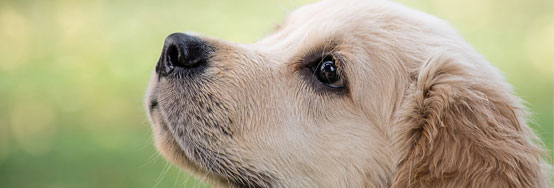New Dog Introduction
How to Introduce your New Dog to your Home
Introducing a new dog to your house takes time and patience. The time it takes for your new pet to acclimate to your house will vary depending on the type of household, number of other animals and people, and the animal’s temperament. Tips to help the transition to your home easier:
- Prepare the things your dog will need in advance. Some dogs like to have a crate available where they can escape from commotion. The crate should be roomy enough to allow your dog to stand up, turn around, and sit comfortably. If you don’t use a crate, set aside a small room for your new dog to get comfortable.
- Assume your new dog is not housetrained, and start a consistent routine. If possible, arrange for the arrival of your new dog on a weekend or when you can be home for a few days.
- When introducing your pet to something new, start small and encourage good behavior with treats and praise. If your dog seems scared, don’t praise the fearful behavior, but remove your dog from the situation. Work up to bigger and louder situations more slowly next time.
- Dogs need order, so let your pet know from the start who is the boss. Your dog should sit or obey another command before receiving a reward such as food, treats, or attention. If your dog does not follow your command, do not give the reward. Instead, walk away and try again another time.
Introducing your new dog to existing members of your family can be stressful. But taking small steps can help ensure a peaceful household. If you are introducing your new dog to existing dog(s), some tips to try:
- Have the dogs meet on neutral territory such as a park or neighbor’s house. Keep them on leash to help assess their reactions to each other.
- An established hierarchy amongst dogs often comes into question when a new dog enters the home. Make sure not to inadvertently undermine your existing dog’s confidence. Help prevent this by giving rewards (including treats, praise, and attention) to your existing dog before your new dog.
- If the dogs growl or push each other around, do not interfere unless physical harm is occurring. Praise them when they settle the disagreement amicably.
- You may need to keep special rewards (rawhide, bed, etc.) away if the dogs argue over them.
- Make sure to have a “safe” area so your existing dog can get away from the new dog. If there is no place to avoid the new dog, your existing dog may be more likely to bite or fight with the new dog.
If you are introducing a new dog to your cat(s), some tips to try:
- Try to tire out your dog before bringing it around your cat. The more tired your dog is, the less likely it is to bark or chase the cat.
- Keep your dog on leash and praise him/her for staying calm. If your dog is unable to sit quietly, you may need to start further away from your cat.
- Encourage your cat to approach your dog with treats and praise. Allow your cat to perch on tall objects (such as a cat tree or bookshelf) so it can feel safe. Make sure not to force your cat to be close to your dog.
- When both your dog and cat are calm together, you can try supervised interactions without the leash. Until you are confident they are getting along, continue to keep them separate when you are gone.
- Make sure your cat has a “safe” place to go away from the dog. You should put your cat’s litterbox, food, and water bowls there too. Make sure this place is easily accessible to your cat so urine or fecal accidents do not occur.

Contact Us

